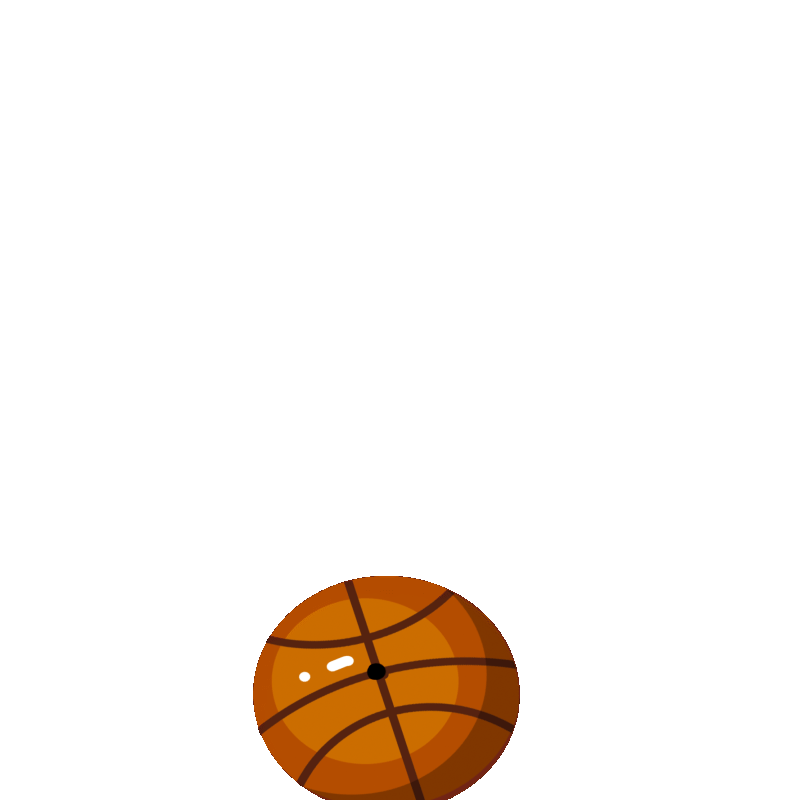Bouncing a Basketball with B
Rationale: This lesson will help children identify /b/, the phoneme represented by B. Students will learn to recognize /b/ in spoken words by learning a sound analogy (bouncing ball) and the letter symbol B, practice finding /b/ in words, and apply phoneme awareness with /b/ in phonetic cue reading by distinguishing rhyming words from beginning letters.
Materials: Primary paper and pencil; chart with “Bill and Betty baked brown bread for Barbara’s baby”; drawing paper and crayons, word cards with BIG, BED, BALL, BAKE, BAD; assessment worksheet identifying pictures with /b/.
Procedures:
-
Say: Our written language is a secret code! The tricky part is learning what letters stand for-the mouth moves we make as we say words. Today we’re going to work on spotting the mouth move /b/. We spell /b/ with letter B. B looks like a basketball and /b/ sounds like bouncing a ball.
-
Let’s pretend to bounce a basketball. [Do the motion of bouncing a basketball, say the sound /b/, /b/, /b/.] Do you notice that when you make the sound /b/, your lips come together to make the noise?
-
Let me show you how to find /b/ in the word banana. I’m going to say table very slowly to listen and feel for my bouncing basketball. T-ab-le. Slower, tt-aaa-b-llle.
-
Let’s try a tongue tickler [on chart]. Bill and Betty have a friend named Barbara. Barbara had a baby! Bill and betty baked bread for Barbara when she came over. Here’s our tickler: “Bill and Betty baked bread for Barbara’s baby.” Everybody say it three times together. Now say it again, this time stretch the /b/ at the beginning of the words. ‘Bbbill and Bbbetty bbbaked bbbrown bbbread for Bbbarbbbara’s bbbabby.” Try it again and this time break it off the /b/ from the word: “/B/ ill and /B/ etty /b/ aked /b/ rown /b/ read for /B/ arabara’s /b/ aby.”
-
[Have students take out primary paper and pencil.] We use letter B to spell /b/. Let’s write a lowercase b. I want everyone to start just below the rooftop and go straight down to the sidewalk. Then, make a backwards c up to the fence. I want to see everyone write a lowercase b. After I put a smile on it, I want you to male nine more just like it.
-
Call on students to answer and tell how they knew: Do you hear /b/ in ball or shoe? blue or yellow? bad or sad? big or small? back or foot? Say: Lets see if you can spot the mouth move /b/ in some words. Act like you are bouncing a basketball if you hear /b/: the, bad, bad, wolf, blew, the big, brown, house, down.
-
Say: “Let’s look at an alphabet book! Dr. Seuss tells us about some things that start with the letter B: barber, baby, bubbles, and a bumblebee. Ask students: What are some other things you can think of that start with the letter B? Have students cut out a basketball using construction paper and decorate it with markers.
-
Show the word BALL and model how to decide if it’s BALL or TALL. The B tells me to bounce my basketball, /b/, so this word is bbb-all. Ball. You try some (using word cards):
a. Bill or Tom? BILL
b. Bake or cake? BAKE
c. Bug or wag? BUG
d. Bag or yarn? BAG
9. For assessment, distribute the worksheet. Students color the pictures that begin with B. Call students individually to read the phonetic cue words from step #8.
Reference:
ABC, Dr. Seuss (https://www.youtube.com/watch?v=tnVweSI9s6k)
Assessment worksheet: https://www.superteacherworksheets.com/phonics-beginningsounds/letter-b_WFFMM.pdf?up=1466611200
B, The Bouncing Ball, Emily Rutledge (https://sites.google.com/view/elr0018/emergent-literacy)
Click HERE to return to the Developments Index
